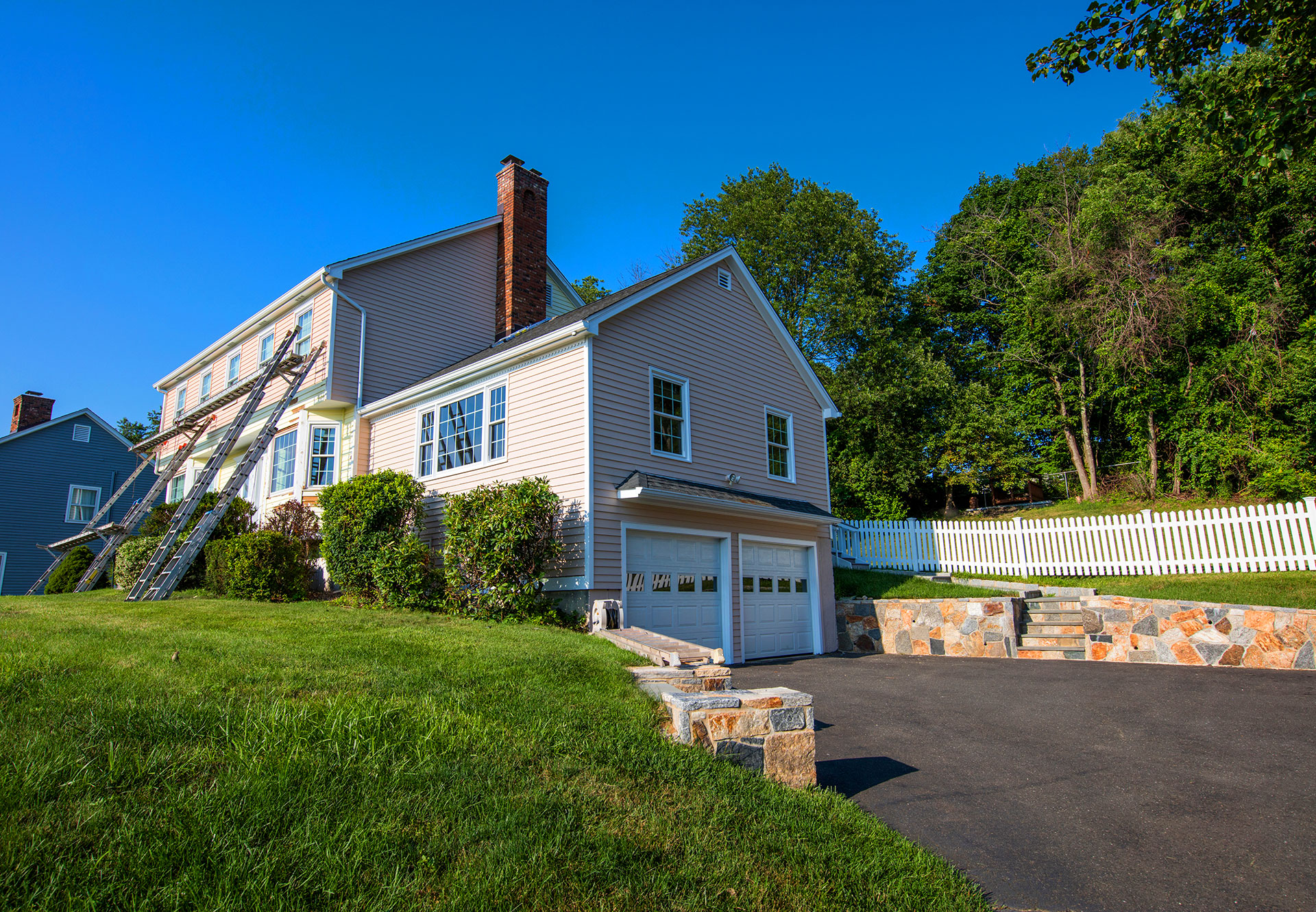Old siding has a way of looking sturdy long after its usefulness fades. From the street, it may still hold its color or shape, but behind it, trouble often brews. Siding isn’t just decoration, it’s the armor that shields your home from weather, pests, and time. Once it weakens, that shield becomes porous, letting problems sneak in quietly.
Water, The Silent Invader
Moisture is the biggest enemy hiding behind old panels. Rainwater, snowmelt, even humidity can creep through cracks or gaps, seeping into walls. Over time, that hidden dampness breeds mold, rots wood, and weakens insulation.
The surface may look fine, but inside, the structure slowly deteriorates. Left unchecked, small leaks turn into expensive repairs.
Pests That Follow The Path
Once siding begins to gap or warp, pests find their invitation. Termites, ants, and even rodents take advantage of easy entry points.
They nest behind the siding, hidden from sight, damaging wood framing and insulation. By the time you notice the signs, much of the work has already been done, quietly and persistently.
Energy Slipping Away
Damaged or aging siding doesn’t insulate like it once did. Drafts creep in, air leaks out, and heating or cooling bills rise steadily. You might think the culprit is your windows or HVAC system, but often the problem lies in the walls themselves.
Old siding lets your home lose efficiency without you even realizing it.
Signs That The Damage is Already There
Some clues are subtle. Others, more obvious. Together, they point to siding that’s no longer protecting your home the way it should.
- Warping, buckling, or sagging panels
- Soft spots or discoloration that suggest moisture
- Higher energy bills with no clear cause
- Insect activity around exterior walls
Why Replacement Matters Sooner, Not Later
Replacing siding isn’t only about curb appeal. It’s about protecting the bones of your home. Waiting too long means damage spreads unseen, mold in the walls, structural wood weakened, and insulation compromised. New siding creates a fresh shield, sealing out water and pests, and restoring efficiency to the entire structure.
Conclusion
Your siding might look fine at first glance, but it’s what’s happening behind it that tells the real story. Hidden water damage, pests, and energy loss accumulate over time, robbing your home of both comfort and value. Addressing it now prevents tomorrow’s costly repairs.
The question isn’t whether your old siding still looks good; it’s whether it’s still doing its job.

Leave A Comment